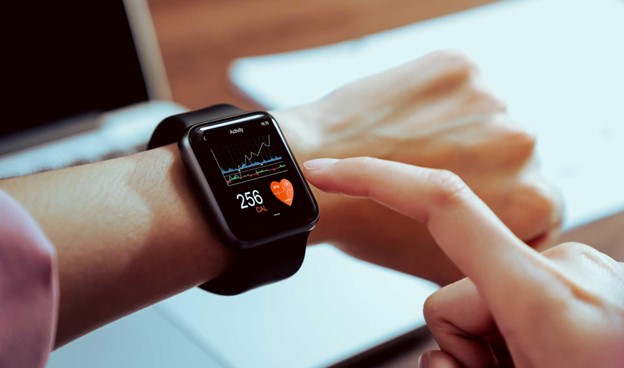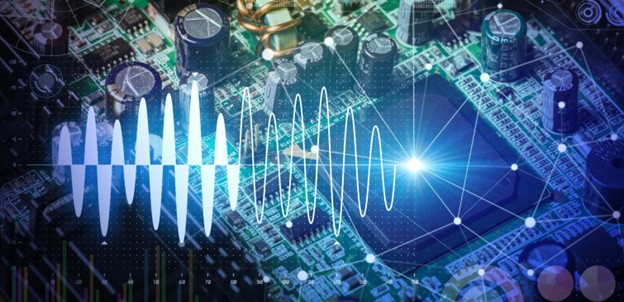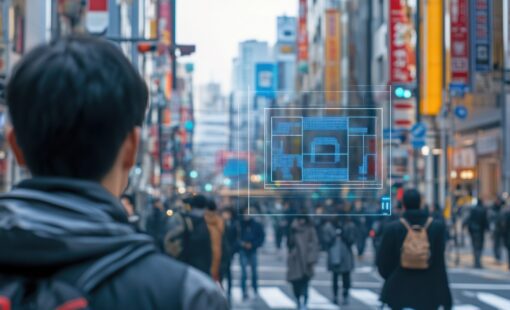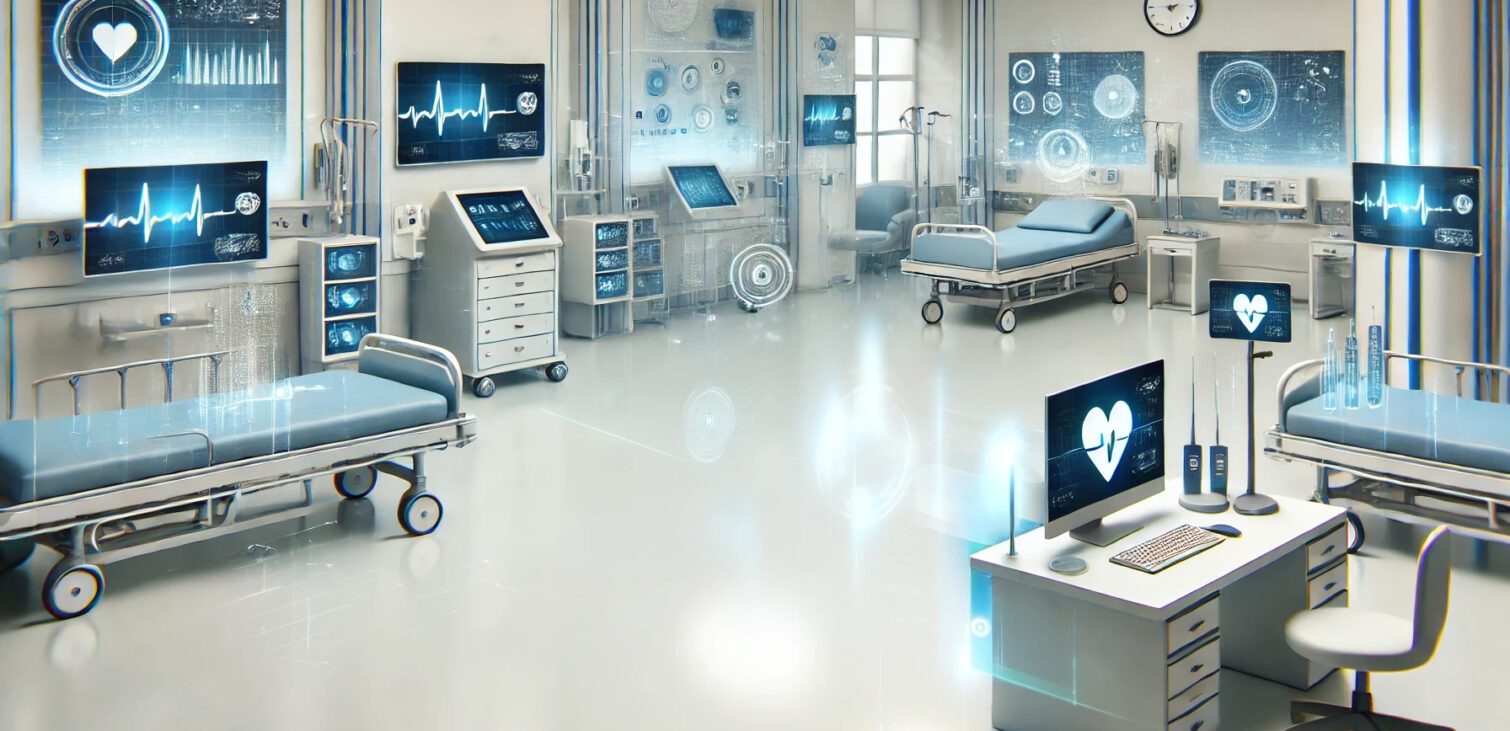The use of electronics in healthcare technology dates back to the invention of the X-ray by Conrad Roentgen in 1895. Recent health tech trends have followed computing, digital imaging, and data analysis advancements. Today’s breakthroughs in patient care come from the emergence of artificial intelligence (AI), miniaturization, and high-speed wireless connections to local computing networks and the Internet.
Major Health Tech Trends
Advancements in critical areas, such as wearable health monitors, smart medical devices, and telemedicine, are making science fiction capabilities real. Further advances, such as the emergence of data centers and edge AI, put healthcare technology at a tipping point. Innovations in patient care technology can be found in healthcare areas, such as diagnostics, life support, health monitoring, and personal medical equipment.

The electronics industry is creating a convergence of multiple technologies ready to be harnessed to bring patient care to the next level. Device manufacturers are making smaller, more powerful processors by integrating multiple processor cores, programmable logic, and dedicated AI computation functionality in System-on-Chip (SoC) devices. This convergence is enabling healthcare technology developers to innovate.
1. Wearable Health Monitors
As microcontrollers simultaneously get smaller and more powerful, wearable health monitors are delivering greater functionality. From the basics, like pulse/oxygen monitoring, to cardiac monitoring, devices are taking on more advanced functionality. Further, with the latest carrier and wireless network protocols, wearable health monitors are becoming part of complete local patient care networks.
Bluetooth 5 comes with headless self-forming mesh networking capability. It also delivers even lower power modes than prior versions of the standard. This means that wearable health monitors can be utilized for more aspects of patient care and are easier to deploy.
Bluetooth 5.4 can exchange data at 2Mbps in LE (low energy) mode and up to 50Mbps in EDR (enhanced data rate) mode. This speed brings nearly all non-image data within the capability of current Bluetooth networking. With this capability, it may soon be possible for the today-wired sensors in an exam room to communicate as a wireless network. Blood pressure, pulse, oxygen, EKGs, and every other sensor will be able to connect to a health hub machine without inconvenient cables.
2. Smart Medical Devices and Edge AI
Edge AI, or artificial intelligence in devices on the edge of the computing infrastructure, is coming to healthcare technology. Smart medical devices are a category of patient care and diagnostic devices with computing capability within their package. In the past, smart medical device intelligence typically came in the form of microcontrollers and a small screen.
Today, device manufacturers are putting highly capable multi-core ARM or RISC-V processor cores in chips the size of yesterday’s microcontrollers. Some of these multi-function mixed-signal SoC devices now include programmable logic and dedicated AI processing cores. The device manufacturers are optimizing for size and power consumption, both key factors for the advancement of smart medical devices.
With AI integrated into these products, intelligent medical devices are getting even smarter. Medical tech-targeted SoC parts can deliver in-device analysis capability not previously possible. AI can identify critical patient issues faster and reduce false alerts. Such improvements can lower caregiver workload and lead to improved patient care.
3. Telemedicine for Remote Patient Care
In today’s healthcare environment, patient care resources are stretched, and remote areas are losing access to care. Doctor and nurse shortages mean that same-day response for anything less than life-critical is becoming a rarity in some areas.
Fortunately, the convergence of greater edge computing capability and higher-bandwidth communications, such as Wi-Fi 7 and 5G, make telemedicine a viable alternative in many patient care scenarios. Telemedicine allows the same number of healthcare professionals to service more patients. It also negates the need to drive long distances or leave the home when sick.
Telemedicine includes the ability to converse with a medical professional from a remote location. With emerging connectivity, professionals can connect wearable and patient-operated smart medical devices to the caregiver. The smartphone is becoming a telemedicine hub, connecting patients and smart medical devices with caregivers via Bluetooth, Wi-Fi, or 5G.

Design is a Critical Factor in Healthcare Technology
The common denominator for the above-described health tech trends is the need for a high-quality electronics product development environment. Intelligent medical devices require greater levels of reliability and design quality than standard consumer devices. Many, especially in life-critical applications, require government certifications and standards adherence. With WiFi7, 5G, and the upcoming 6G, “digital” is often more Rf analog in disguise.
The PCB design is a primary critical factor with these increasingly complex medical electronics, and Zuken’s CR-8000 aids in the design of advanced electronic systems for healthcare applications. The software’s comprehensive design and documentation capabilities support the development of wearable health monitors, telemedicine solutions, and smart medical devices, improving patient care and system efficiency.

- Blog
Traditional CAD software was once just a digital drafting tool, requiring manual updates and prone to inconsistencies. However, as electrical systems grow increasingly complex, intelligent CAD systems have transformed the design process. Learn more on our blog.

- Blog
The integration of Zuken DS-CR with Dassault’s 3DEXPERIENCE Platform provides a scalable and future-proof solution to bridge the gap between mechanical, electronic, and software engineering.

- Blog
Our new post explores the potential of augmented reality (AR) to transform everyday experiences in shopping, education, and navigation. It highlights how enhanced AR devices will offer immersive, interactive environments that blend the virtual and physical worlds.

- Blog
At last year’s Zuken Innovation World Italy, we had the pleasure of meeting a talented team of young engineers from La Sapienza University in Rome. Calling themselves the "Gladiators," Francesco, Matteo, and Domenico are pushing the boundaries of innovation by designing and racing a PreMoto3 prototype in the prestigious MotoStudent competition. Read the whole story on our blog.
